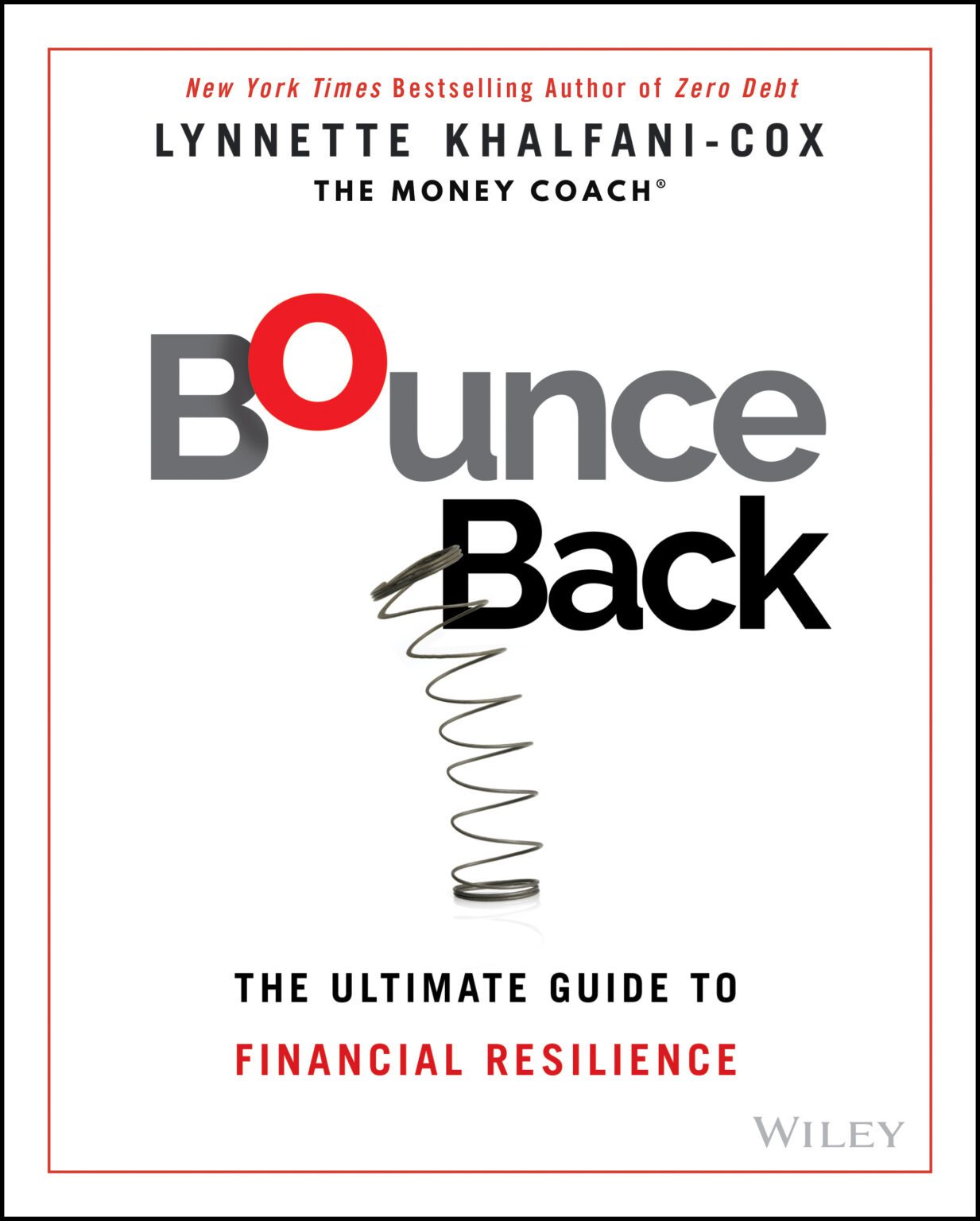Paying kids an allowance for getting good grades is a controversial subject in some circles. Those who advocate it – like I do – have a variety of reasons for giving our children an academic allowance.
Some say what’s the harm in paying kids for good grades? After all, isn’t that what’s done Corporate America every day where employers pay for performance. Other supporters note that an allowance for good grades requires kids to earn that money – instead of just passively receiving cash every week for doing nothing at all.
But opponents worry that paying a child for hitting the books sends the wrong message – namely, that the end grade is what’s most important, rather than a student’s efforts, study habits or just having a pure love of learning.
Critics also say that an allowance tied to grades sets kids up to lack motivation, in school and elsewhere, unless cold, hard dollars are at stake.
While I understand those criticisms, I respectfully disagree with such concerns.
Here are 5 reasons I pay my children an allowance when they get good grades – and why you might consider doing so with your own kids as well.
1. It incentivizes them to maintain high grades
Let’s be honest. Motivation comes in many ways and from a variety of sources. My two older kids, who are in 11th and 8th grades, respectively, love to make the Honor Roll, to ace a tough test or a particularly challenging class, and to excel in school in general.
But they also love be financially rewarded for doing well.
My kids know that at the end of each marking period, if they have a 3.0 average or higher, they can expect a nice monetary payout for the term. As a result, the simple truth is: that money is a carrot dangling before them. Actually, it’s more like a lingering incentive, hovering in the back of their minds when they might be tempted to slack off or to coast a bit toward the end of a class.
We give our children $20 for each A grade they get and $10 for each B. (No academic allowance is given for grades below a B). Plus, they get $5 extra for an A+ or B+. And at the end of the entire school year, a “bonus allowance” gives them the chance to earn additional money for their overall GPA.
On more than one occasion, our “Academic Incentive Plan,” as my husband and I call it, has motivated our children to keep doing well in school and to finish strong. Here is a copy of our Academic Incentive Program worksheet.
By the way, we apparently aren’t alone in this thinking.
According to a study on children and money conducted by the American Institute of CPAs, nearly half of all U.S. parents (48%) rewarded their kids financially for good grades. The average allowance for an A, among those who paid their kids, was $16.60.
2. It can actually save our family money in the future
Even though we are paying our children an allowance tied to their grades earned today, my husband and I are keenly aware that this strategy may actually save us big bucks down the road.
How is this possible?
We know that high-achieving students are more likely than other classmates to earn scholarships and merit-based aid when they enroll in college. And since paying kids for good grades can give them extra motivation to shoot for those As, we consider it something of a strategic investment.
We recognize, of course, that a huge number of factors determine whether a student wins merit aid from a higher education institution or a third-party scholarship provider. But having excellent grades certainly tips the scales in their favor. At the very least, it can only help. It certainly won’t hurt.
With my first-born daughter, who is now a junior in high school, I’m already seeing the potential for a financial bonanza due to her high grades and excellent test scores. When she took her PSAT exam this school year, she tested at National Merit level – scoring in the top 1% of all test-takers nationwide.
Some schools offer a “full-ride,” or an all-expenses paid college education to National Merit Scholars. This is worth $25,000 to $50,000 a year or more depending on the college or university in question. As it turns out, two colleges that are high on her list: USC and Fordham, reward National Merit Scholars. USC gives a scholarship worth half-tuition (about $23,000) and Fordham offers full-tuition (roughly $40,000).
Let’s assume that my daughter gets into either school and is awarded those scholarship dollars. If her academic performance was rooted – even in the tiniest way – in her being having been a studious adolescent, then I will consider those dollars paid for grades well worth it.
3. and 4. It reinforces our financial values and reiterates the importance of education to my children
In my church, my pastor is fond of saying: “Show me someone’s checkbook and I’ll show you that person’s heart.” The point is: you can tell a lot about what’s important to an individual based on how he or she spends their hard-earned dollars.
And if there’s one thing my kids know, it’s that in our household, we have choices for how we spend our money.
For the things that we prioritize – education, travel, retirement and so on – we gladly spend or allocate money. For the things that don’t matter to us: new cars, fancy clothes, and keeping up with the Joneses, we put those things way, way on the backburner. As a result, we don’t waste our funds on those items.
So by paying my kids when they get good grades, it reiterates the message we teach them about being conscious about your financial decisions and spending money on things that really matter. It also sends a signal to my children that “Mommy and Daddy are serious about our education” – serious enough to put their money where their mouths are.
5. It makes my life less stressful
Finally, and I’m not ashamed to say this: paying my kids for good grades makes my life far less stressful. I guess you could say it helps keep their teachers from having to contact me about grade issues.
I consider my kids’ teachers my educational partners and I value their time, expertise and passion. I also appreciate that, at the middle school level, teachers will let me know in a heartbeat when something goes wrong.
As a parent, honestly, I like to be the one to initiate contact, to visit my kids’ classrooms, or inquire about how my children are doing. It’s less fun when teachers initiate contact. I don’t mean for the routine stuff. I mean for the problem stuff – like missing homework, forgotten assignments or grades that are slipping.
So, yeah, if paying my kids for good grades cuts down on the calls or emails home, then I’m all for that and for making my life a lot less stressful.
In a nutshell, these are the reasons I give my children an allowance when they receive high marks in school. Others may disagree, but it works well for our family.
Do I want my kids to enjoy and pursue learning for its own sake? Of course I do.
That’s why I’m heartened and amazed when my 8-year-old daughter writes poems and short stories – really good ones, in fact – simply because she likes to express her creativity.
It’s also why I’m awed when my 14-year-old son comes up with his latest scientific gadget or invention, the kind of stuff we really should think about patenting.
And it’s why I secretly love it when – on weekends, and even occasionally on school nights – I sometimes walk into my 16-year-old daughter’s bedroom past midnight only to find her stealthily engrossed in reading a good book (flashlight and all!), just because she’s an avid reader and can’t bear to go to sleep without knowing how a story ends.
So yes, it would be wonderful if my kids did all their book learning completely unprompted, the way they pursue some of their other interests outside the formalities of a classroom and structured homework.
But here’s a simple fact: kids aren’t going to be totally passionate about every single class they must take in school.
As an adult, are you happy and gung-ho about every single thing you have to do? Of course not.
That’s why it doesn’t bother me a bit to pay some extra bucks here and there for good grades, since I know an academic allowance really does help in more ways than one.









